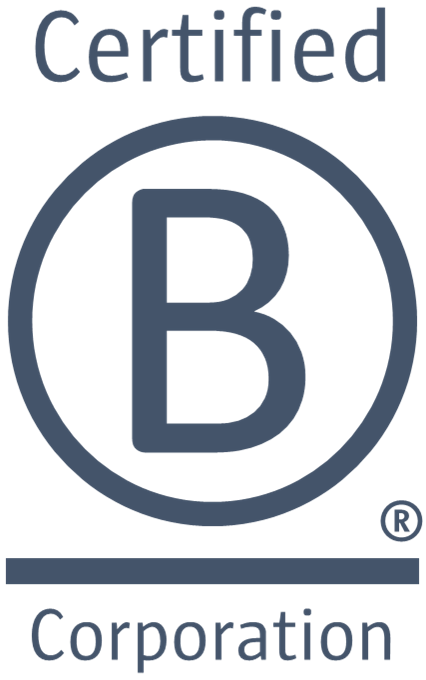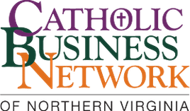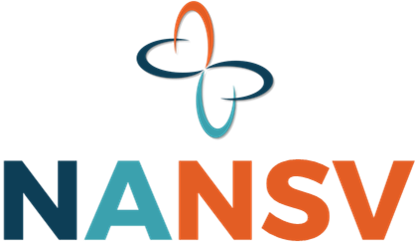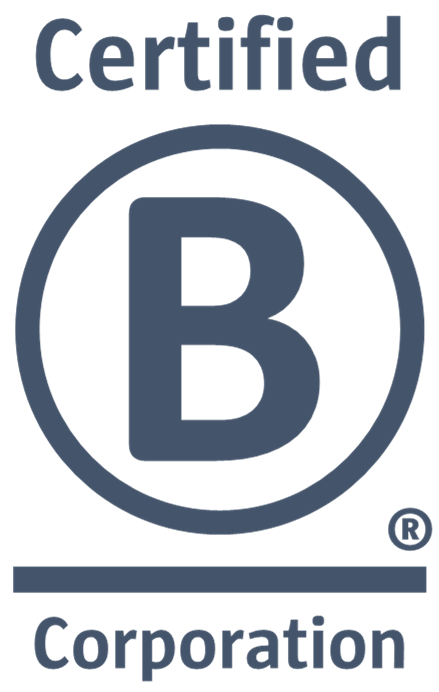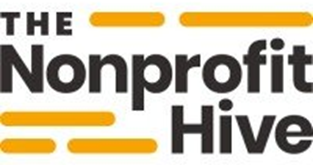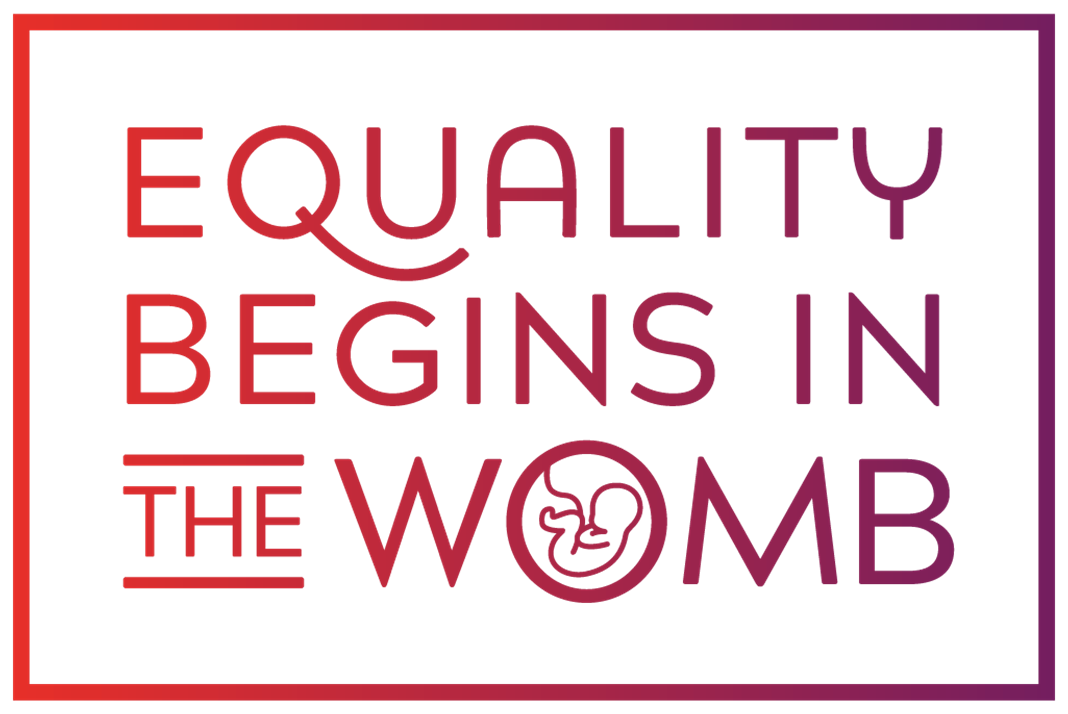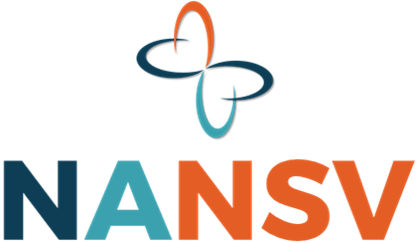Planning for the Future as a Non-profit
How to articulate goals and chart a course that will achieve them
In our last post in this series on Strategic Planning, we went into detail on the
“Anticipate” phase of our approach, talking about what non-profits need to know
from the beginning of the process, and how to learn it. This time, we’re going
in-depth on the “Plan” stage—the “where to go, and how to get there.” Planning elevates non-profits out of the
“day-to-day,” to a more comprehensive view of their services and how they’re
related to missions and markets. The focus
is on cost-effectiveness, sustainability and, often, growth. When done
correctly, planning results in a well-thought out path to the future, and also provides
critical context for decision-making so organizational leaders make the best
choices going forward.
Good planning typically includes Vision,
Mission, and Values, a SWOT analysis, and the standard “goals—objectives—actions”
discussion. While necessary, there’s
more involved, and a simplistic view can lead to inaction or ineffectiveness. Several other pieces have to be included,
such as:
Contextual Elements
- Demand—The results of our Anticipate phase—an understanding of “market” needs—need to be actually used in planning. After all, non-profits have to be responsive to what their populations will require, and can’t afford to waste resources on services and/or delivery methods likely to be un- or under-utilized. Plans should be tailored to community concerns.
- Focus—It’s important to know where missions overlap with market demands. Many non-profits experience “scope creep,” extending into areas they’re not meant to address. While help may be needed, programs that go beyond missions can take resources from core services, and shift focus from the areas the organizations are best positioned to support.
- Conditions—SWOT analysis is ubiquitous in Strategic Planning. How it’s used, though, is inconsistent. Sound planning requires considering to most critical SWOT results at every stage in the discussion to capitalize on non-profits’ greatest assets and opportunities, and effectively deal with deficiencies and risks to the organizations and their aspirations.
Directional Elements
- Open Field—Goal development is often seen as a one-time event, which places de facto constraints on discussions. Sound planning is iterative, with a “first cut” that allows participants to be aggressive with aspirations and creative with ideas—“what we’d love to do, and how we’d do it.” The “possible” comes later, and the answers are often surprising.
- Targets—Organizations that plan typically are doing so to get results, but they often don’t define exactly what those results should be. What constitutes success—i.e., the expected outcomes from planned actions—needs to be established, as do milestones for incremental progress. Targets are key to measurement and adaptation, so plans can be kept on track.
- Integrity—Typically, planning efforts “cascade down” from missions to actions, but results are rarely examined to verify that they are “upwardly aligned”—that is, if done effectively, the actions will deliver on objectives, which will achieve goals, etc. If this upward alignment is off—and it often is—plans won’t be effective no matter how well they are executed.
- Priorities—Good planning recognizes things unfold over the time—not everything can be simultaneously addressed. Actions have to be sequenced due to dependencies, and certain milestones must be met to accommodate the immediacy and magnitude of client needs. Prioritizing is essential for the strategic choices non-profits will ultimately have to make.
Refining Elements
- Resources—Plans often collapse because non-profits lack the people to effectively execute. The looming question of “who’s going to do it” is often avoided, and it can’t be. Analyzing resource needs and accessibility critical in planning, so organizations see gaps they need to close to accomplish identified goals and objectives, and develop strategies to address them.
- Feasibility—In iterative planning, aspirations ultimately need to be reconciled with reality. This is “decision time”—to commit to planned actions, timelines, targets, etc., or adjust them for access to resources. It’s particularly important since all plans have dependencies, and just one inaction can lead to broader failure. All told, what’s on paper has to actually occur.
- Alternatives—Non-profits often operate in dynamic environments. Inability to recognize and respond to changing conditions can make best laid plans irrelevant. The “what ifs”—of new legislation, unrealized opportunities, etc.—are important. If there are alternate, high-probability possibilities, scenarios can help understand the impacts and prepare to adapt.
As
mentioned in the first article in this series post, the Plan phase of our
Strategic Planning framework builds on anticipation of market needs to provide
a coherent, logical, and actionable direction that’s true to the Mission and
responsive to demand. It also provides a
structure that anchors non-profits’ future decisions in strategic principles,
so that the right choices are made and the organizations remain relevant,
cost-effective, and sustainable, even as things change. That said, planning
alone doesn’t produce results—“implementing” is an action verb that implies
coordinated efforts to “make plans real.”
We’ll discuss that in our next article, in which we will focus on the “Act” phase of our
framework.
It would be great if planning were as easy as an
“off-site”—a single discussion of goals, objectives, actions, etc. that magically
transforms into an actionable, effective Strategic Plan. The fact is, sound planning is not a
“one-and-done” proposition, and non-profits
that don’t embrace the particulars won’t get full value from their efforts.
That does not mean, however, that it’s overly complicated and burdensome—all non-profits
have the capacity to be good planners and develop ways forward they can
realistically follow. Our conception of planning is more involved than the
“typical understanding,” but with the right level of commitment and a
knowledgeable guide, it’s both possible and rewarding.
More Information
We’ve reached the end of our space for this
post, but fear not, we’ll be back soon with a detailed discussion of the
“Act” phase of our Strategic Planning framework. As always, if you really can’t wait, (or if
you have questions on the Planning phase), feel free to contact us at info@snowflakellc.com!
Read Other Posts










